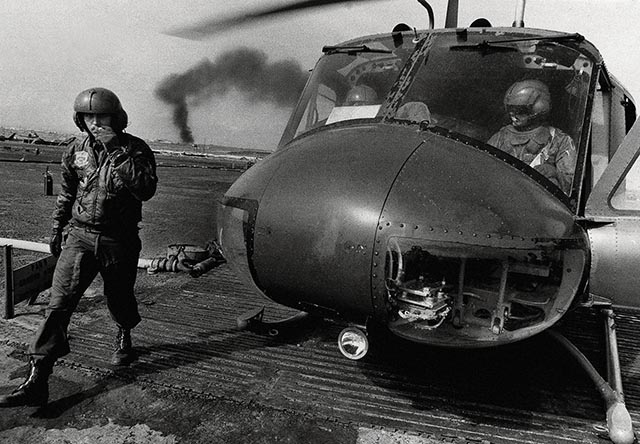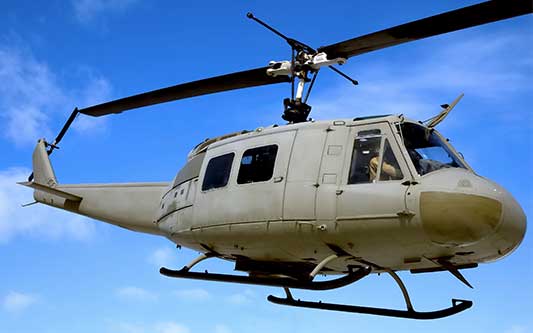
Entry for either cockpit seating position was made through an automobile-style hinged door. The pilot and co-pilot were seated at the extreme forward of the design with a windowed cockpit providing excellent vision forward, above, to the sides and forward-below. Aircraft construction was comprised of the main fuselage housing the cockpit and passenger cabin (along with their associated systems and equipment), the engine and rotor mast section and the empennage, or tail section containing the tail rotor. The 57th Medical Detachment would be the first to field the system in Vietnam beginning in March 1962.īy all respects, design of the Huey was quite utilitarian although more pleasing to the eye that other rotary-wing offerings developed during the 1950s. First deliveries would fall to the 101st Airborne Division, the 57th Medical Detachment and the 82nd Airborne Division. The Model 204 entered production for the US Army as the HU-1A, becoming the first turbine-powered helicopter in service with any US military branch. One of these YH-40's was set aside as a test bed featuring turbofan engines and wing assemblies becoming Bell Model 533.

#Huey helicopter top speed full
These were essentially the same as the XH-40 prototypes but had their cabin space extended a full 12-inches.

A further six developmental models were then ordered as YH-40 evaluation aircraft. First flight of XH-40 occurred on October 22nd, 1956 and were followed by two additional XH-40 prototypes, fitting the Lycoming 700 horsepower XT-53-L-1 engine. The need for a MedEvac helicopter was on the US Army wish list and, as such, Bell was tagged with developing a solution - and the prototype XH-40 (Bell Model 204) was born. Bell produced the turbine-powered Model 47 (XH-13F) in 1954 to which the United States Army took special interest in. The Huey developed from advances made in turbine technology throughout the 1950's.
#Huey helicopter top speed series
Hence the Iroquois name was - and is - seldom used to this day when referencing the UH-1 series of helicopters.

Despite her official "Iroquois" name, the nickname of "Huey" stuck thanks to her early "HU-1" designation (later redesignated to UH-1 in 1962. Despite her consistent association with that war, her legacy has rightfully developed into so much more thanks to her use throughout the modern world in both military and civilian roles encompassing search and rescue, assault, transport and humanitarian efforts. The ubiquitous system became synonymous with the American effort in Vietnam, no doubt due to her inherent capabilities to take on just about any needed role. The UH-1 Iroquois "Huey" became an important part of American military actions beginning in 1960 and expanding throughout the latter part of the Cold War years.


 0 kommentar(er)
0 kommentar(er)
